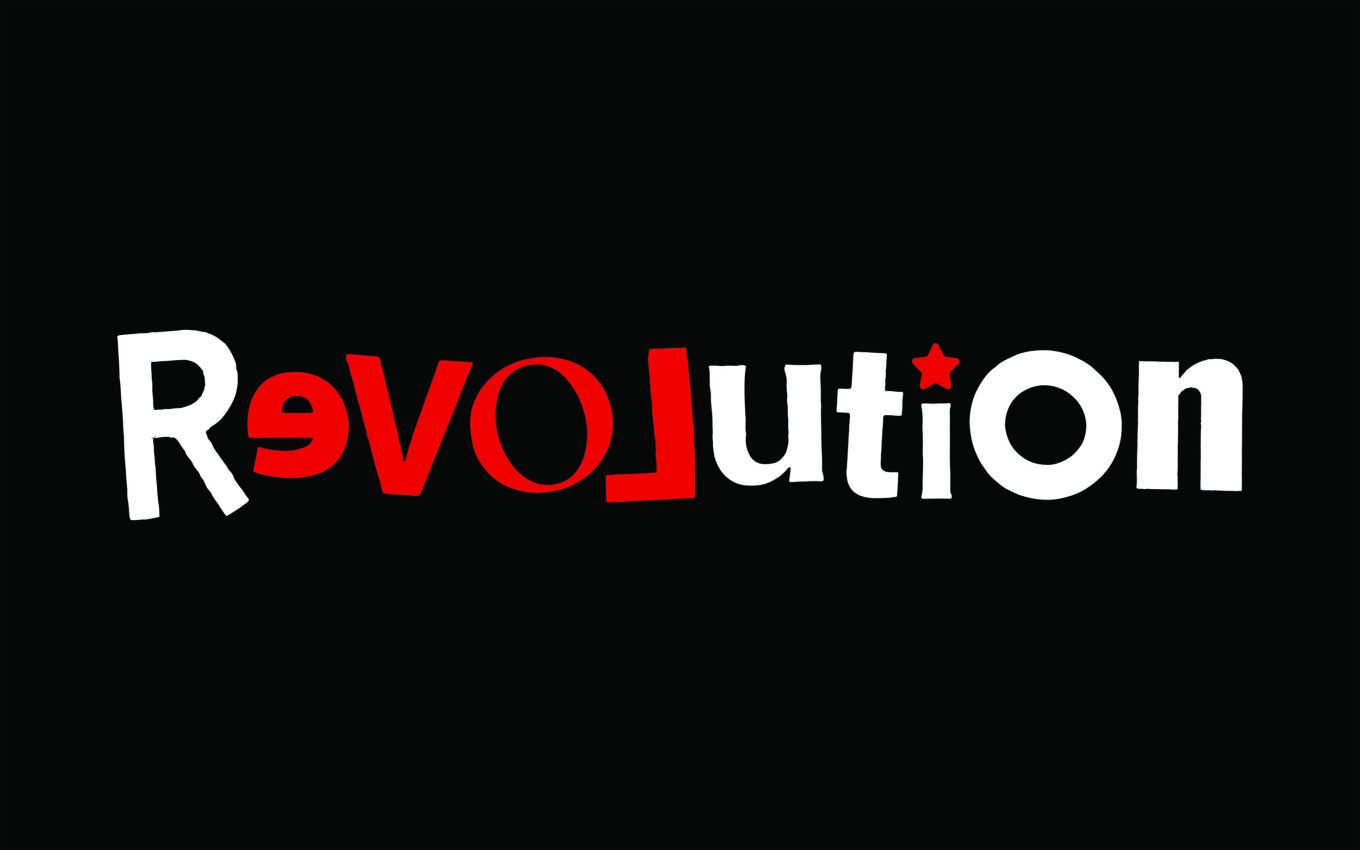Next Post
It is Time to Disrupt the Hiring Process!!
Hire Aspiration



TL;DR
Hiring is broken and needs a disruption. If your hiring process has the following issues, then this is the article for you:
- The hiring process takes too long, resulting in fatigue and a bit of trepidation from everyone.
- Most people involved do not understand the hiring process, what their roles and responsibilities are, and the current status of a job posting.
- An ambiguous job posting may result in a low number of candidate submissions.
- Candidates abandoning in the middle of the hiring process.
- Negative candidate experience posted on sites like Glassdoor.
Amazon disrupted the retail industry, starting with books (and eventually becoming the “Everything Store”), by providing innovative solutions and expanding access to all printed books. Uber wrested control of the livery business by providing ease of use in both access and payment. Slack pioneered a new approach to messaging and communication. All these companies saw serious flaws in a system and opportunities for a better approach, then provided alternative solutions. The key to their success was a simple approach, ease of use and convenience – removing barriers that made old approaches cumbersome and sometimes unbearable. When examining the hiring process today, we see the same opportunities for disruption.
Hiring is Broken
Hiring is broken and needs a disruption. It is something that needs to be said out loud and acknowledged before we can address the current problems. It is also worth noting that there are numerous problems and solutions, making the end result disruptive.
The hiring process has several areas of inefficiency and even inadequacy. Those of you who have had to search for employment, participate in a job interview (on either side of the equation), coordinate a hiring process, or recruit for a position know that the status quo is not working. There is not one sector or group involved in the hiring process that can or should take the blame for any of the deficiencies. We have all been handed an inefficient process that has been implemented the same way for years, even decades. The only difference now is that we have inserted software and technology in the middle of the process in hopes of improvement, but it has not served its purpose. When a job opening presents itself, the immediate need to fill the employee shortage is superseded by the need to plan and assemble a hiring team. We simply insert the job opening into the ancient hiring process and hope for the best.
Unfortunately these deficiencies are so numerous that it is daunting to move this mammoth process in the right direction. In order to find meaningful solutions, we must analyze the problem from an empathetic view that takes into account the hiring process from different vantage points:
An interviewee and candidate participating in a variety of interviews involving different formats and approaches.
An executive who sets the hiring policies and procedures for the company.
An interviewer for the company who has to evaluate a peer that they will be working with.
A hiring manager helping the HR rep draft a job description, guiding the hiring team and interviewing candidates.
First let’s take a look at the current status of the hiring process.
What is the Current State of Hiring?
Hiring is stressful, which can undermine results. A poorly planned hiring process affects all key stakeholders . And while it may be difficult to pinpoint the characteristics of a bad hiring process, which may be multi-faceted, they are easily revealed when searching for some of its symptoms:
The hiring process takes too long, resulting in fatigue and a bit of trepidation from everyone.
Most people involved do not understand the hiring process, what their roles and responsibilities are, and the current status of a job posting.
An ambiguous job posting may result in a low number of candidate submissions.
Candidates abandoning in the middle of the hiring process.
Negative candidate experience posted on sites like Glassdoor.
These symptoms have rippling effects that will manifest themselves to the candidates as:
Starting a conversation with an HR representative or recruiter and then…silence. Welcome to “ghosting,” the act of abruptly stopping any communication.
Going through 5-6 different rounds of interviewing and then either not getting a reply or being rejected with a short email and hardly any feedback.
Reviewing a job description and applying for the position because you believe that you fit the listed criteria, only to be rejected based on a hidden criteria not listed in the job description.
Unrealistic expectations in the job description. Looking for an engineering manager that can code, can do DevOps, QA and manage a team of 10 engineers.
Sitting through 5-6 rounds of interviewing with no end in sight.
Let’s agree that hiring by itself is exhausting and expensive. The cost of hiring a single candidate ranges from $6,500 to $30,000. This expense doesn’t include the stress on employees, extra work and additional time spent at work while the empty role is being filled. Nor does it include the cost on employees for context switching while they are balancing their work and interviewing candidates, as well as the missing resource for the hiring manager. The smaller the team, the bigger the impact on employees and the hiring manager. To embark on the process of hiring without a plan makes it inefficient and, therefore, more exhausting and expensive.
The Solutions Are in Front of Us
The 2011 movie “Moneyball” is a good example of how disruption is an option and possibly game changer yet it can be an uphill battle. The movie starts after the 2001 season of the Oakland Athletics, which was a successful one by any measure, allowing the team to finish second in the American League behind the New York Yankees. The Oakland A’s , following the 2001 season, lost one of their star players, Jason Giambi, who they sought to replace while staying under the salary cap and budgeted amount. The Oakland A’s General Manager Billy Beane (played by Brad Pitt) is sitting around a table with a group of baseball scouts who are deeply resistant to change. He admits that Giambi cannot be replaced, but has a hunch that he can be recreated in the aggregate. Several of the skeptical scouts trip over that last word, wondering where this conversation is headed. Beane notes that Giambi’s impressive on base percentage (OBP) was 477%, which could be duplicated if the team is able to acquire three players with a high enough OBP.
“That’s what we’re lookin’ for,” Beane says, pounding his left fist onto the conference table. The suggested acquisitions included three players that the scouts viewed as defective. One was Jason’s little brother, Jeremy Giambi, who was criticized for being thick around the waist, reportedly addicted to marijuana and had a penchant for strip clubs. Another was David Justice, a fading force who was considered too old and a defensive liability. A third was Scott Hatteberg, an unfamiliar name with elbow issues who couldn’t throw or field. But all three get on base a lot, and that was the team’s new direction.
“We are card counters at the black jack table, and we’re gonna turn the odds on the casino.”
Billy Beane
We have all confronted the head wind that resists our navigation toward change. Sitting in a meeting and proposing a solution that was met with negative and sometimes antagonistic reactions. Not all radical ideas will have positive outcomes, but we will never have change if we don’t try. This candid conversation and Billy Beane’s approach to the game, ushered in the “Era of Analytics” not only for Major League Baseball, but other professional sports and even in the business world. It’s the kind of disruption, one could argue, that’s sorely needed in the hiring process for companies of all shades and sizes. Far too many recruiters and human resource executives harbor the same myopic point of view that Beane’s team of scouts had, and it’s symptomatic of what we’re seeing with talent acquisition.
Until enough of those involved in the hiring process recognize that the hiring process is irreparably broken and in need of serious change, then too many employers will miss out on establishing and maintaining a track record of employee resilience and excellence that’s as impressive as the analytics approach in baseball. Not only have the A’s been crowned World Series Champs, but so have the Boston Red Sox and Chicago Cubs – two other teams that embraced Beane’s grand vision for their own success. Bill Belichick and the New England Patriots did the same for an unprecedented two-decade run of winning seasons in the National Football League.
The solutions are not out of reach. However, they require an open mindset from all involved. Human Resources, hiring managers, recruiters, interviewers and candidates all need to help in fixing the process.
It is worth reiterating that no one role, group, or field shoulders all the problems. However, all of us bring some form of deficiency to the process, which we need to address and help rectify. Our goal is to be introspective in order to openly and honestly address the problems that we are all facing. In subsequent articles, we will examine five different stages of the hiring process, dive deeper into each of the pertinent issues involved and provide solutions that will help rectify broken processes.
Related Post

Hire Aspiration
One of the most important steps in the hiring process is assembling a team to vet candidates. The...

Hire Aspiration
A job description is the navigational map for the entire hiring process. Its role should not be l...

Hire Aspiration
A manager learns that one of his best employees has just given a two-week notice. The HR rep rece...

Hire Aspiration
We have talked about how the hiring process is clearly broken. It is a broken process with h...

Hire Aspiration
Amazon disrupted the retail industry, starting with books (and eventually becoming the “Everythin...
Recent Posts
Recent Comments
Post Categories
- Hire Aspiration (5)
Tag Clouds
- #Great Resignation
- #Hiring
- #Hiring for Tech
- #Hiring Process
- #Job Description
- #Pre-planning

Post a comment
Your email address will not be published.